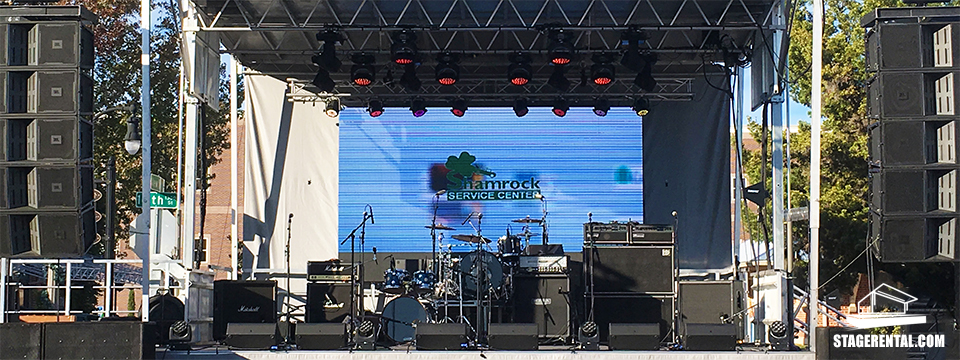A Thorough Analysis of Different LED Display Wall Techniques and Their Uses
A Thorough Analysis of Different LED Display Wall Techniques and Their Uses
Blog Article
LED display screens are increasingly popular in different settings, such as concerts, sports events, as well as business meetings. These large big displays are made up of many individual LED modules which function collectively to form a single unified visual. There are different types of Light Emitting Diode display screen technologies available, each having its own features and advantages. Understanding these technologies can assist companies as well as organizations choose the appropriate option for their specific requirements.
A common kind of LED video wall solution is the direct view Light Emitting Diode. This technology utilizes separate LED units which are arranged closely together to create a big screen. Directly viewed Light Emitting Diode screens are recognized for their high brightness as well as lively hues, making them ideal for outdoor activities and well-lit illuminated settings. They also have a broad sight angle, which means that viewers can view the screen clearly from different locations. Such makes directly viewed LED walls a favored option for sports arenas and outdoor festivals.
Another kind of Light Emitting Diode display screen technology is the LED-backlit Liquid Crystal Display. Such technology combines traditional LCD displays and Light Emitting Diode backlighting to enhance brightness and color precision. LED illuminated Liquid Crystal Displays are commonly utilized in indoor settings, such as shopping malls as well as meeting spaces. These displays provide superior visual quality and are generally more cost-effective than direct view Light Emitting Diode walls. Nonetheless, they may often function as effectively in well-lit environments, as the backlighting can sometimes dull the colors.
A thirdly choice is the Organic Light Emitting Diode display screen. Organic Light Emitting Diode solution offers exceptional contrast and color depth compared to other types of displays. Each pixel in an OLED display produces its individual luminescence, enabling for genuine dark tones as well as lively hues. Such renders Organic Light Emitting Diode video screens especially attractive for uses which demand premium images, including gallery exhibitions and luxury shopping outlets. Nonetheless, OLED solution can be costlier costly and may not be as bright as directly viewed Light Emitting Diode screens, rendering it less suitable for outdoor use.
In addition to these options, various also various applications for Light Emitting Diode video walls. These displays can be utilized for advertising, entertainment, as well as data display. For example, companies often use Light Emitting Diode display walls for digital advertising to draw in customers and advertise products. In amusement, these displays enhance the visual experience at music events as well as events, providing lively backgrounds and captivating images. In business environments, LED display screens can be used for presentations, visual conferencing, and educational sessions, helping to communicate information in a aesthetically appealing way.
To summarize, LED video screens are available in different types, every having its unique advantages as well as uses. Direct view Light Emitting Diode screens are great for external use, while LED illuminated LCDs are more suitable for interior environments. OLED display walls offer navigate here superior visual quality yet may come at a greater price. Understanding the differences variations can help entities make informed choices about which kind of LED display screen best satisfies their needs, whether for promotion, entertainment, and corporate applications.